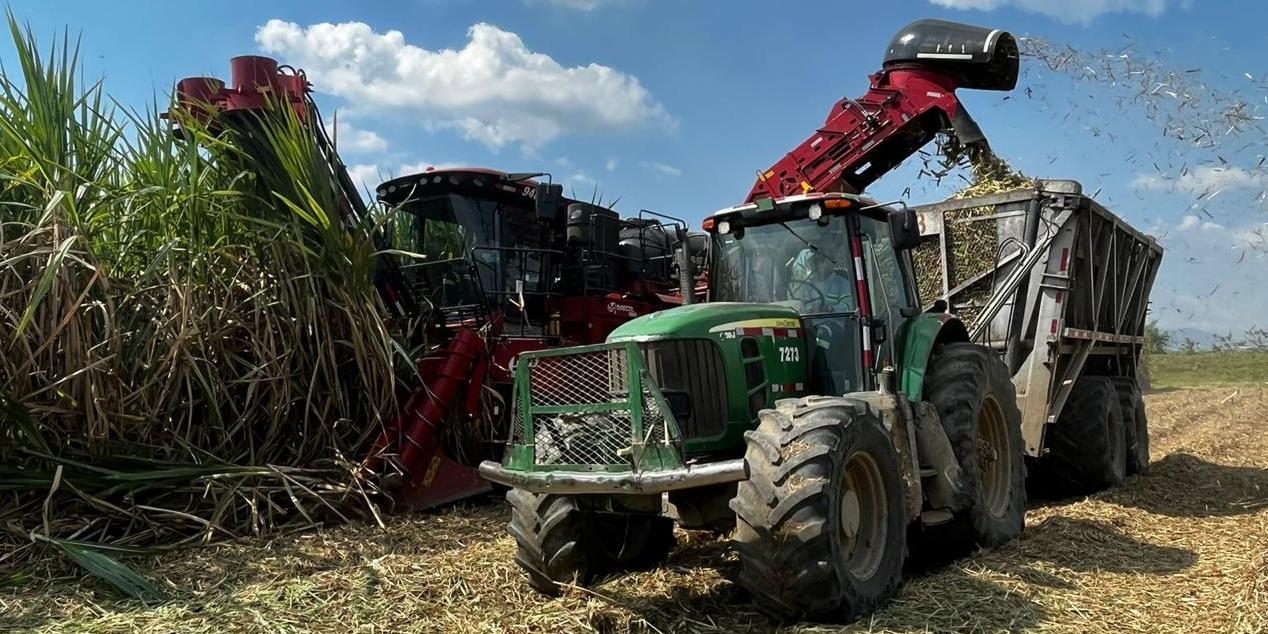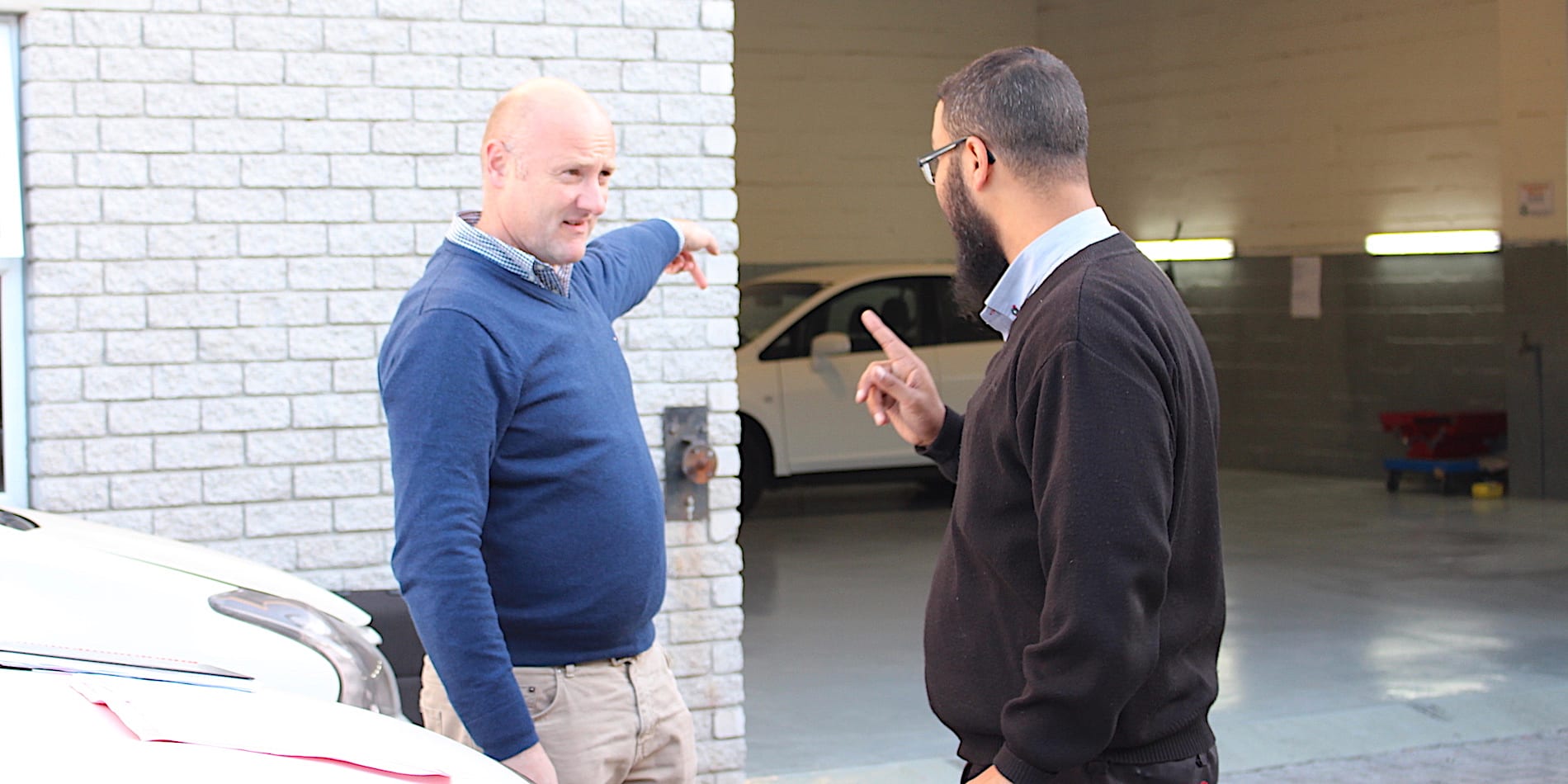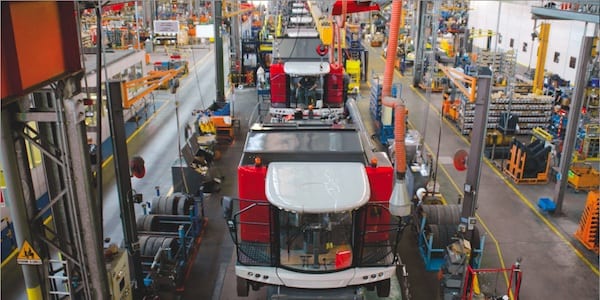
Challenging standards
CASE STUDY – Manuelita Sugar Mill in Colombia adopted Daily Management to bolster leadership effectiveness and operational outcomes, addressing siloed thinking and communication challenges.
Words: Luis Guillermo Amu with Juan Guillermo Ramirez
When we introduced Daily Management at Manuelita Sugar Mill, we aimed to assist our leaders and their teams more effectively, by understanding the work of middle management and operations and how it impacts the results at the company level. Indeed, our lean journey goes beyond improving processes and achieving savings; it addresses the way we manage our daily work.
With an external landscape where monetary volatility, uncertainty, and intense and unexpected changes in weather patterns represent increasingly bigger challenges, realizing the best way to manage the organization is more important than ever.
When we started, our initial analysis shed a light on several issues, including a marked tendency to think in silos, with each department seeking individual improvements. This generated communication difficulties between areas, making teams susceptible to goal misalignment, operational inefficiencies, and ill-informed decision-making. In other words, waste.
While our area had all the mechanisms, talent, and technology to quantify the magnitude of global losses and opportunities related to the work in the fields, our challenge was to understand how leaders integrated and internalized these to obtain the best possible outcome. It was clear that there was still enormous potential to tap into.
That's when we began to focus on response time and opportunity. We felt that we were leaving things on the table that we didn't have time to address for various reasons.
DIFFERENT PROCESS, DIFFERENT SPEED
Our department oversees Harvesting and Field Management. In Harvesting, lean has taken root quite organically: because it is a 24-hour process, in which problems need to be fixed right away, Daily Management was a natural fit. Here, we have a high level of maturity and acceptance of the lean way of working.
In Field Management, even though we have advanced a lot, we are not yet where we want to be. A particularly pesky problem here is that sowing is a process that takes place over 13 months, which prevents people from reflecting right away on issues and makes results harder to notice. In harvesting, problems can’t be fixed at a later stage (we either meet our harvesting goal today or we don’t), while in Field we can adjust. If I don’t get the right fertilizer or less fertilizer than I need, I have the option to integrate that two-three months in, for example. This doesn’t give people much of a sense of urgency, even though providing integrators weeks after the seeds have been planted is far from ideal: it won’t provide results as good as those we would get if sowing went right the first time around. Besides, the correction is costly and time consuming.
In Field Management, our challenge was to turn this long-term view into a daily one. We needed a system that would allow us to flag up problems early and close gaps accurately and more quickly, by strengthening team communication and clarifying the roles of supervisors on the front lines of operations. That’s where Daily Management became most useful.
The new approach was a far cry from the old management system we used, which was more focused on providing explanations than on delving into the real reasons behind things happening. We had indicators, but they showed problems downstream and hid valuable information. This made it difficult to recognize the nature of the deviations we exposed in the process.
AN EXAMPLE
It was believed that in the summer, water scarcity was the main reason for not achieving daily irrigation goals. In this situation, the management system led and developed by the leaders showed that the water had always been there and that we had to find a way to work with what was available in the best possible way. The focus, therefore, shifted towards redirecting efforts and better synchronizing machinery and personnel resources.
While leaders were developing a standardized way of managing and conducting work, we achieved results and savings in terms of resource utilization, machinery availability, technical team efficiency, equipment delivery timeliness, and providing greater agility to the operation.
The lean management system has not only helped to identify the reasons why the irrigation goal was not being achieved; it also allowed us to transform the language with which teams from the operational base communicate when facing challenges. By quantifying the daily impact of these challenges on the process, prioritizing resources becomes a clear and transparent process.
This is a very interesting point. We have a new approach to communication these days, which stemmed from the realization that the conversations we have with our people need to reflect the level of the organization we are talking to (area managers, supervisors, operational staff, etc). For instance, as the leader of a department, I can talk to my senior managers about the tons of sugar we produce in a month in each hectare, but that’s not something that will resonate with people on the front line. Such strategic KPIs won’t mean much to them. But if I tell them how many hectares they need to irrigate each day, then I am starting to speak their language. This is an exercise of translating the organization’s strategic objectives into targets that everyone understands – another invaluable contribution of Daily Management.
HOW OUR MANAGEMENT OF THE WORK CHANGED
Today, different teams meet regularly in front of the Daily Management boards, identifying the nature of the problems that occur. The solutions they establish arise from the collective understanding of deviations. It's an ongoing journey that will never end, and we've also been concerned with measuring the maturity of the system based on our capabilities as leaders. We still have many challenges ahead, and the only guarantee for achieving results is to continue working and improving how our leaders guide people and manage operations.
Too often, as an organization, we spend time discussing the strategy rather than trying to pursue it. We now realize that it is a responsibility of leaders to help people reach the objectives that contribute to the fulfilment of the company strategy, while also developing their full potential as individuals and professionals.
This means recognizing the roles and responsibilities of each individual and allowing them to spend their precious time on that, not on putting out fires all around. I want our highly specialized and experienced people (from topographers to agronomists) to work on what they were hired to do. If all our leaders do is solve someone else’s problems, results become unattainable.
THE LONG ROAD AHEAD
Daily Management turned out to be a great solution for Manuelita Sugar Mill. By setting a structure for our problem solving and escalation, for our communication and, indeed, our work, it enables our people to create the value that’s expected of them.
We are still missing a full understanding of how it works – especially in Field Management. We need to change people’s minds and behaviors in a way that, whenever a problem occurs, they don’t come up with excuses as to why it did but ask for help to make sure it doesn’t happen again.
We also notice there is a big misunderstanding in the way some of our technicians see Lean Thinking: they fear that it will prevent them from putting their knowledge to good use. This is a pattern that is often observed in other environments, too, especially with people working creative jobs. They, too, tend to believe that lean will stifle their creativity, when it really does the opposite: allowing people to focus on what matters and make the most of their incredible abilities.
As we continue our lean journey, we are aware that we need more change agents, more leaders who live and breathe Lean Thinking and who can encourage others to join in. We see this as the only way for us to tackle the many challenges our sector is facing. We have our standard and more and more tools, including AI, are becoming available to ensure we stick to it. But reaching the standard (Type 1 and Type 2 problems) is no longer enough! If we are to thrive and innovate as a company, we need to learn to challenge the standard. To succeed, our leaders need to learn to solve Type 3 and Type 4 problems, instead of putting out fires all day long.
THE COACH COMMENTS
By Juan Guillermo Ramirez, Lean Transformation Manager and Coach, Lean Institute Colombia

Our role as Lean Coaches is more than telling people what to do; it's about helping leaders develop through lean practices, artifacts, and tools. Some key points that were taken into account during the coaching at Manuelita Sugar Mille and have contributed to achieving sustainability include:
- Top management’s commitment to Lean Thinking and Practice, with the management team taking the lead in conducting this journey.
- Definition of clear and measurable objectives at all levels, aligned with the organization's strategy.
- Leaders act as role models, demonstrating lean principles and values in their behaviors and decision making.
- Creating an environment where employees feel safe to raise and address problems, thanks to all the management artifacts and routines that the lean system offers.
- Active participation of all levels of the organization in identifying problems and proposing possible solutions.
- Beginning to make things evident in a simple way (visual management) and involving everyone in the process.
As a result of working on different implementation fronts, work teams have continuously developed and adjusted all artifacts to the point where they can identify problems that were not easily perceived before, and even change some paradigms.
THE AUTHOR

Read more


FEATURE - An initial look into the impact of lean management principles on the growth of young organizations hopes to encourage further analysis into why and how lean startups succeed.


VIDEO INTERVIEW – Hierarchical organization, goodbye! Embracing servant leadership and a horizontal reporting structure, Spotify is redefining the idea of company.


FEATURE – The role of the coach in a lean transformation is an often-debated topic. The author discusses his experience building the architecture of the Halfway turnaround.


WOMACK'S YOKOTEN - If you are going to succeed at one of your resolutions for 2016, let it be that of always starting off a lean transformation with a deep analysis of the work at a single point in your organization, and then escalating your efforts to reach all the factors influencing the work.
Read more


INTERVIEW – This agro-industrial business in Colombia is applying lean thinking to its harvesting process. The harvest manager explains the difficulties and opportunities encountered on the journey so far.


CASE STUDY - An approach based on Lean Daily Management System and experiments in a model area led an Italian manufacturer of combine-harvesters to become one of the leanest organizations in the Veneto region.


FEATURE – Waste in the agricultural sector is a significant threat not only to the environment, the economy and farmers, but also to food security around the world.


WOMACK'S YOKOTEN – Lean in agriculture might still be in its infancy, but there is a small farm in Indiana that is already proving how valuable lean principles and techniques can be to this industry.

